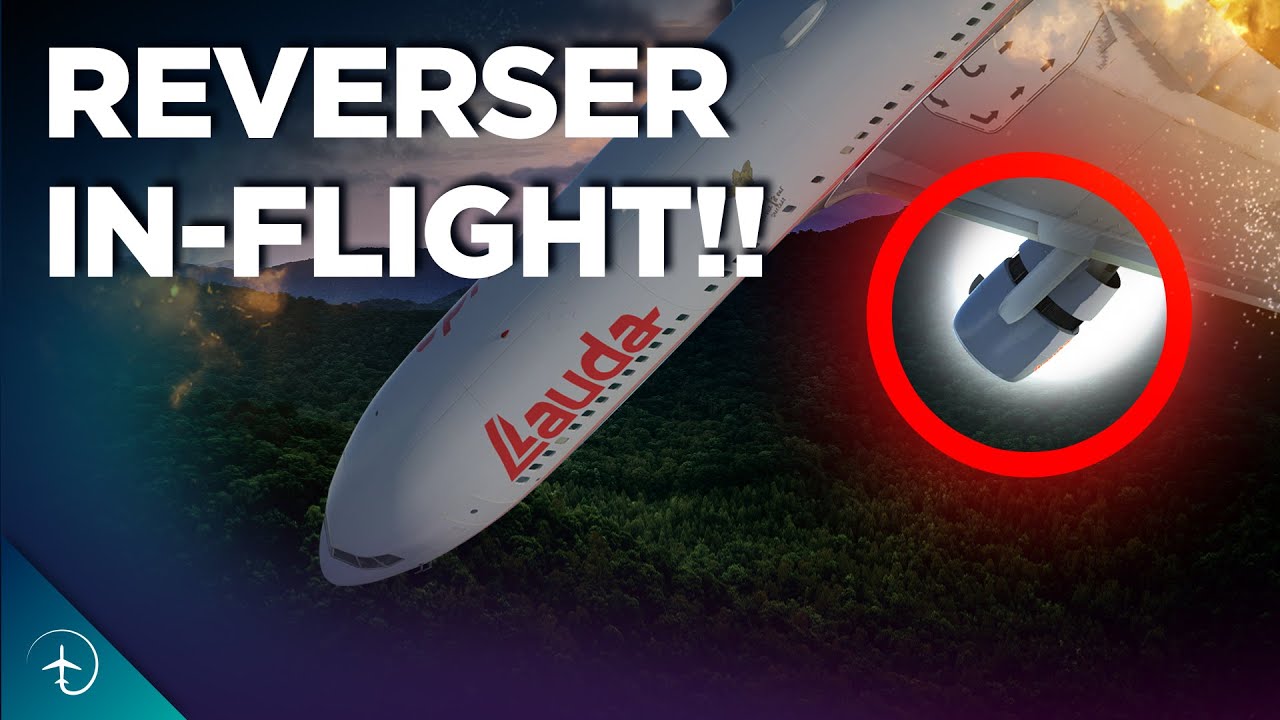Here is more about Lauda Air Flight 004.
Boeing had previously claimed that uncommanded deployment of a thrust reverser in flight was survivable, but this was based upon tests conducted at low altitude and speed (250 knots). The accident occurred with the aircraft at 400 knots and cruising altitude of 9100 metres, and subsequent simulator tests showed that pilots would have only seconds before the situation became unrecoverable. Wikipedia writes,
[Airline CEO Niki] Lauda asked Boeing to fly the scenario in a simulator that used different data as compared to the one that Lauda had performed tests on at Gatwick Airport. Boeing initially refused, but Lauda insisted, so Boeing granted permission. Lauda attempted the flight in the simulator 15 times, and in every instance he was unable to recover. He asked Boeing to issue a statement, but the legal department said it could not be issued because it would take three months to adjust the wording. Lauda asked for a press conference the following day, and told Boeing that if it was possible to recover, he would be willing to fly on a 767 with two pilots and have the thrust reverser deploy in air. Boeing told Lauda that it was not possible, so he asked Boeing to issue a statement saying that it would not be survivable, and Boeing issued it. Lauda then added, “this was the first time in eight months that it had been made clear that the manufacturer [Boeing] was at fault and not the operator of the aeroplane [or {engine manufacturer} Pratt and Whitney].”
